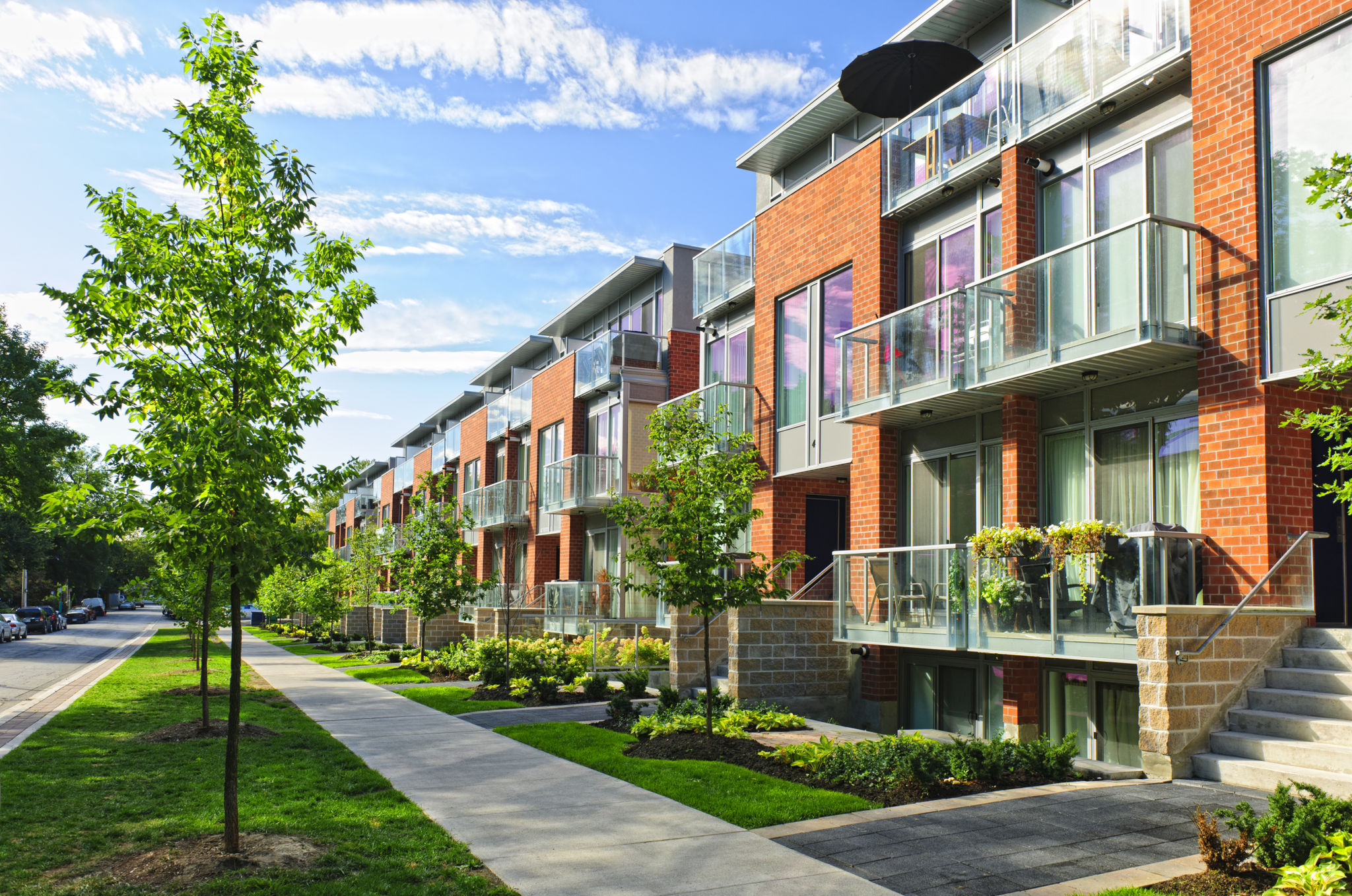Understanding Landscaping Regulations for Townhome Communities
Introduction to Landscaping Regulations
Landscaping regulations play a crucial role in maintaining the aesthetic and environmental quality of townhome communities. These rules ensure that the community remains visually appealing while also considering ecological sustainability. Understanding these regulations is essential for homeowners, property managers, and landscaping professionals involved in these communities.

Why Landscaping Regulations Matter
Landscaping regulations are important for several reasons. Firstly, they help maintain property values by ensuring that all homes and communal areas adhere to a consistent and attractive appearance. Secondly, these regulations often include guidelines for environmentally friendly practices, promoting biodiversity and reducing water usage.
Additionally, regulations can prevent disputes between neighbors by setting clear expectations for what is permissible in terms of landscaping design and maintenance. By adhering to these guidelines, residents contribute to a harmonious living environment.
Common Landscaping Rules in Townhome Communities
Many townhome communities have specific landscaping rules that residents must follow. These rules can vary significantly from one community to another but often include:
- Plant Selection: Guidelines on which plants are acceptable and which are prohibited.
- Lawn Maintenance: Requirements for regular mowing, edging, and fertilization.
- Tree Pruning: Rules on how and when trees should be pruned or removed.
- Hardscaping: Restrictions on the use of non-plant materials such as rocks, paving stones, and decorative elements.

Navigating Local Ordinances and HOA Guidelines
In addition to specific community rules, townhome residents must also comply with local government ordinances. These may include restrictions on water usage during droughts or regulations regarding the height of fences and hedges. It's important to consult both the homeowners' association (HOA) guidelines and local laws before undertaking any landscaping project.
Understanding the balance between these various regulations can sometimes be challenging. Homeowners should reach out to their HOA or local government offices for clarification if they are unsure about specific rules or requirements.
Environmental Considerations in Landscaping
Many modern landscaping regulations emphasize sustainability. This includes the use of native plants that require less water and are more resistant to local pests and diseases. Such practices not only help conserve natural resources but also support local wildlife by providing natural habitats.

Residents are encouraged to incorporate environmentally friendly features such as rain gardens or permeable paving, which help manage stormwater runoff and reduce soil erosion. These features can enhance the beauty of a property while also contributing positively to the environment.
Conclusion: Staying Informed and Compliant
Understanding and adhering to landscaping regulations is vital for maintaining the appeal and harmony of townhome communities. By staying informed about both HOA guidelines and local ordinances, residents can create beautiful, sustainable landscapes that enhance their community's value. It's always a good practice to consult with professionals or community representatives when planning significant landscaping changes to ensure compliance with all applicable rules.